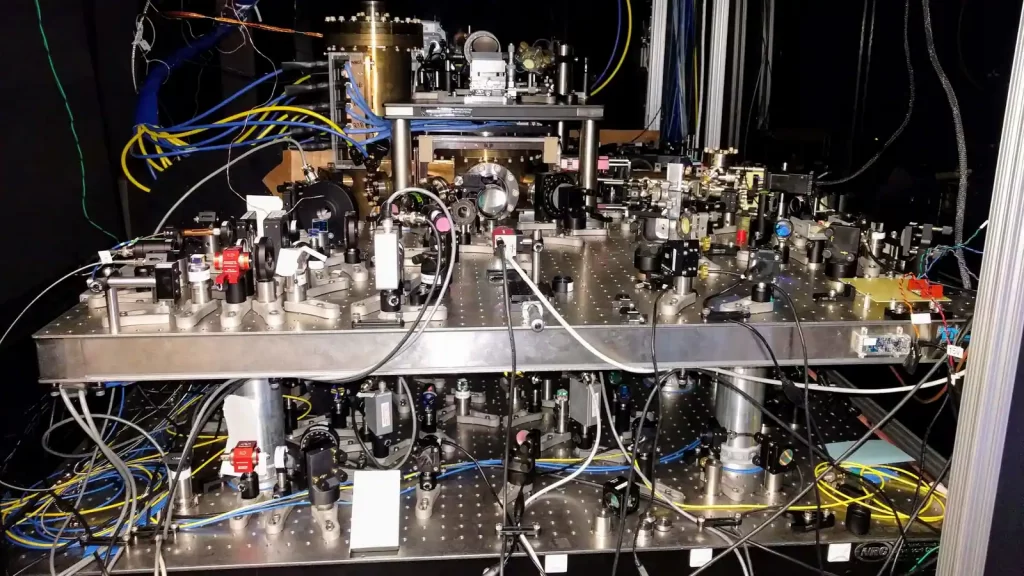Two physicists Hidetoshi Katori and Jun Ye, have just been awarded $3 million for their contributions on developing a super-precise clock that will allow scientists to examine and explore the universe like never before.
It enables scientists to identify gravitational waves, search for dark matter, and conduct precise tests of fundamental natural laws. Katori and Ye’s research was critical to the creation of the optical lattice clock, which improves timekeeping precision by a factor of 1,000. The new timepiece is so accurate that if it ran for 30 billion years, it would lose less than 1 second, more than double the age of the Universe.
The research was awarded a $3 million 2022 Breakthrough Prize for Fundamental Physics. It is supported by numerous people, including Sergey Brin and Mark Zuckerberg.
Optical lattice clocks are an evolutionary step beyond the traditional atomic clocks that rely on electromagnetic radiation and their interaction with the electrons in energised atoms to maintain time. They are used in worldwide satellite navigation systems such as GPS and control the wave-frequency of TV transmissions.
The physicists have developed a way of making the clocks more precise, with oscillating frequencies higher than those utilised in the existing atomic clocks, to the visible end of the electromagnetic spectrum. First, they required a solution to tame atoms, holding them still to measure time accurately. The researchers used an “optical lattice,” a standing wave from a laser beam that creates a sort of egg-carton shape whose wells trap the atoms.
“It’s almost like a science-fiction tractor beam,” Ye explained to Space.com. “You put a tractor beam in the middle of the vacuum chamber, and you can hold atoms in the middle of the vacuum chamber with light.”
“We engineered it in such a way that this action of holding onto these atoms turns out to cause no perturbations to the measurement of the energy spacing between these two quantum states that really mattered for the clock measurement. So, this was almost like the free lunch.
Katori and Ye’s discovery cleared the path for the optical lattice clock. In contrast, atomic clocks lose a second once every 100 million years, showcasing the precision of optical lattice clocks.
There are various promising uses of this technology. For example, once combined with present tech, it could increase the accuracy of GPS navigation by 1000. Furthermore, the link between gravity and time could also help researchers track volcanic and seismic events here on Earth and hunt for buried oceans beyond this world.
“Optical lattice clocks could even aid the search for elusive dark matter,” Ye said.
“Dark matter somehow must interact with ordinary matter, other than just gravitational physics,” Ye said. “We want to be able to see very feeble signatures of a possible dark matter component to the ordinary matter that we know on Earth in the signatures of a clock being slowed down or sped up when the dark matter comes through. So we have been preparing experiments like that.”

